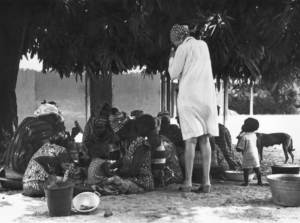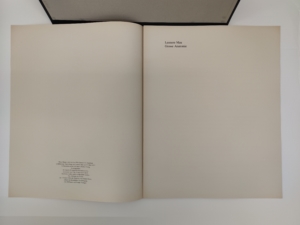The ethics of images
The ethics of images – context matters!
Essay by Anna Götte (2022)
For the people and institutions involved, the process of indexing and providing access to the photographic oeuvre of Leonore Mau, together with the accompanying publication of her photographs in the form of an online databank of unprecedented scope to encompass Leonore Mau’s estate, poses hitherto largely disregarded questions of a legal as well as an ethical dimension. On the one hand, this concerns the realm of personality rights of the depicted individuals, a sphere which since the Leonore Mau images’ making has constantly evolved and changed, not least of all following the advent of the internet and the associated possibilities of making images accessible at any time, in any place and for everyone. In addition, where images from sensitive original contexts are being published – especially online, due the unrestricted worldwide availability of such publications – the publishing institution finds itself confronted with a daunting challenge in regard to curation and contextualisation. In the course of his research for this website, Christoph Ransmayr, author and long-standing curator at the S. Fischer Stiftung, voiced the following concerns about the context of publishing certain photographs by Leonore Mau:
“To portray suffering, tormented people in most cases also entails the obligation to relate their story as fully as possible. In other words, not just to show their image but all the more to speak and write about the conditions in which this momentary snippet from someone’s life came to be related, to be documented. When, in whatever form of representation, a single, unique individual does not feature with their ‘name and address’ in the awareness, the compassion or the indignation of another, this is tantamount to a further act of voyeurism.”
Certain aspects of the endeavour to develop a responsibly minded approach to documentary images stemming from sensitive contexts are rendered starkly evident in the example of the photo book Psyche (2005) and the photographic portfolio Grosse Anatomie (1977) by Leonore Mau and Hubert Fichte:
In 1974 and 1976, Leonore Mau and Hubert Fichte travelled to Senegal, where they visited the “psychiatric villages” in Dakar (in Fann) and Ziguinchor in the Casamance. Here, pictures were taken of patients, carers and doctors in these institutions and later on, following Hubert Fichte’s death, published in the photo book Psyche. During these travels Fichte also recorded numerous interviews with doctors and patients (Psyche. Glossen, 1990). The ambivalence central to how the images and interviews came about, as well as to the attempt to combine western European methods of psychiatric treatment with traditional local approaches to healing, is clearly articulated by several of his interview partners as well as Fichte himself, and certainly also appears to be reflected in Leonore Mau’s images. She herself described the situation in an interview with Ingo Niermann in 2005 in the following terms:
“Fann was run by the French professor Henri Collomb. We also flew with him in his small plane to Casamance, to the psychiatric village he founded. The village was constructed in such a way that the sick could live together with members of their family. (…)
Once a week, the doctors would meet with a patient and his family for a pinth, which in Wolof means ‘get-together’. The case would be discussed, but most of the doctors only spoke the colonial language, French. Only one of them was able to speak Wolof because his wife was Senegalese. Hubert Fichte wrote a text about it, Gott ist ein Mathematiker (God is a Mathematician). If you can’t speak to someone declared mentally ill in his own language, that’s insanity to the third degree. (…)”
Untitled (Leonore Mau in the psychiatric village
“Village Émile Badiane” of Kenya near Ziguinchor,
in the Casamance, Senegal), 1976
© Wolfgang von Wangenheim
Front page of the accompanying text from: Grosse Anatomie,
PPS-Galerie F.C. Gundlach, S. Fischer Verlag
© Marlene Burmeister
Note on non-publication from: Grosse Anatomie,
PPS-Galerie F.C. Gundlach, S. Fischer Verlag
© Marlene Burmeister





